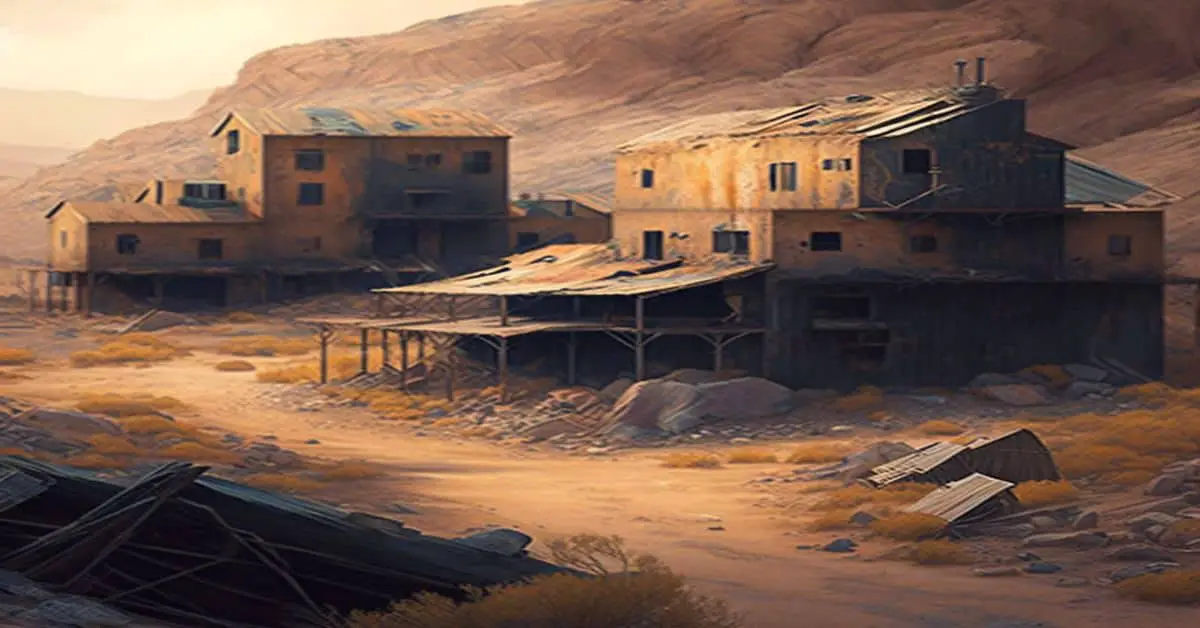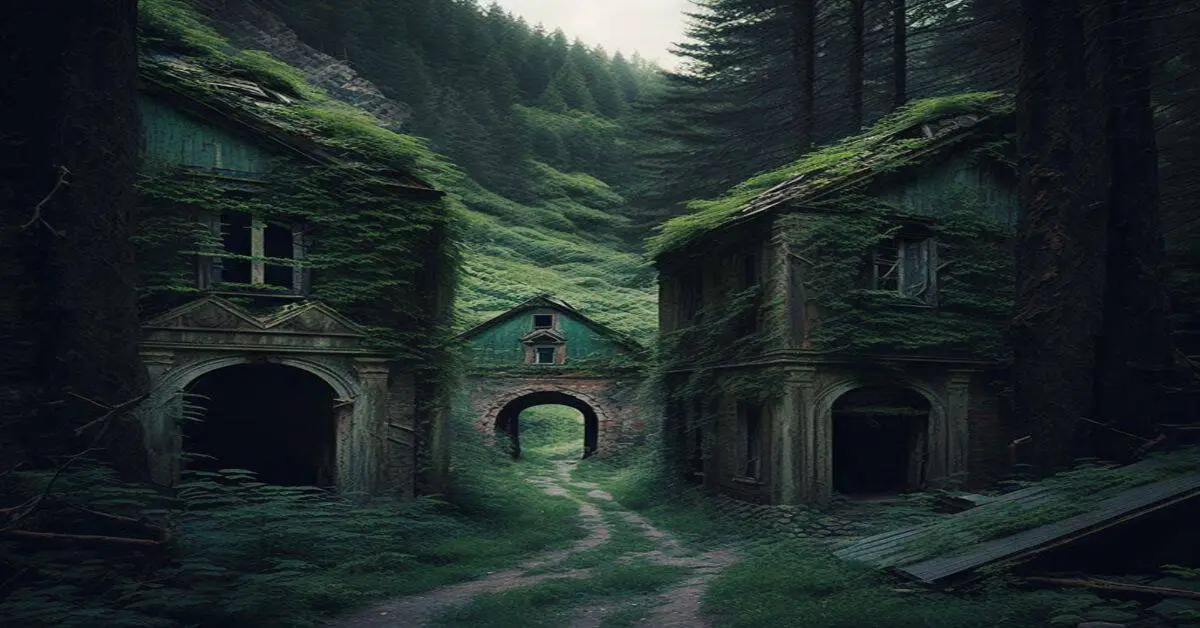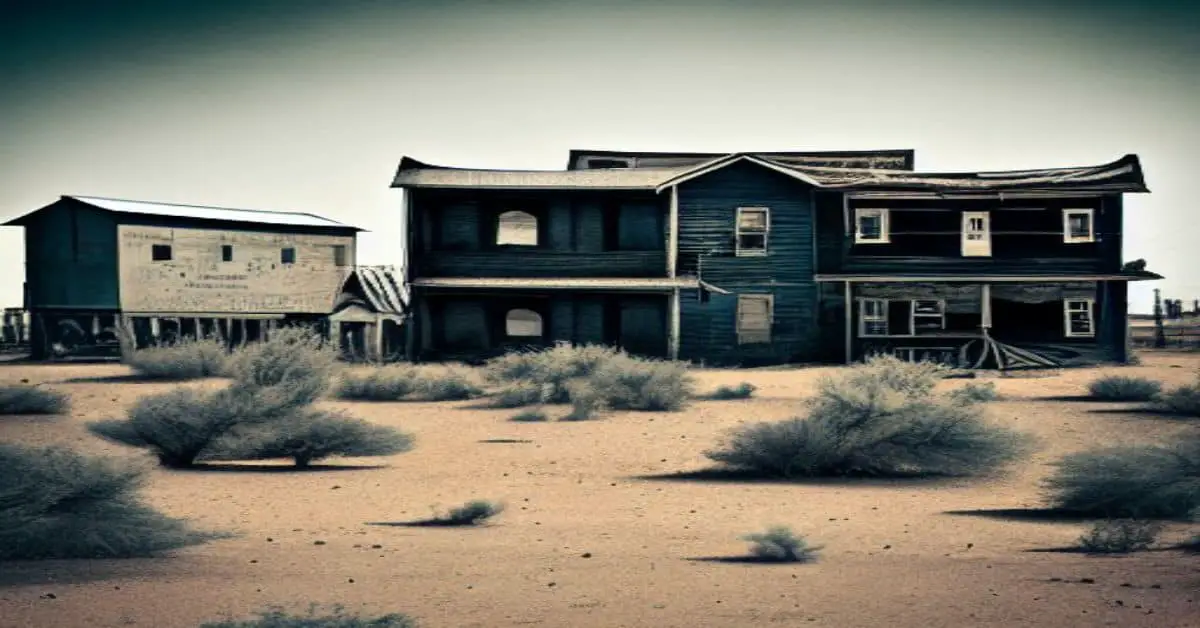Marble, Colorado, is a town steeped in history and charm. Nestled in the Rocky Mountains, Marble has a unique character that has captivated visitors for generations.
The town’s claim to fame lies in its marble mines, which once supplied some of the most iconic buildings in the United States, including the Lincoln Memorial and the Tomb of the Unknown Soldier.
The history of Marble is a fascinating tale of grit, perseverance, and ingenuity. The town’s inhabitants worked tirelessly to extract the precious marble from the earth, often in treacherous conditions.
The Colorado-Yule Marble Company, which operated in the town from the late 19th century until the mid-20th century, was once the largest marble producer in the world.
Today, Marble may no longer be a bustling mining hub, but its rich history lives on, and the town remains a must-visit destination for those seeking to discover the stories of the past.
Key Takeaways
- Marble, CO has a rich history and charm that is worth exploring.
- The marble mines in the area have impacted national landmarks, highlighting the area’s significance.
- The Colorado-Yule Marble Company has a successful history and has played a significant role in the development of Marble.
- However, dangerous working conditions in the marble mines have been a concern.
Marble’s Marble Mines
Marble, Colorado was home to the largest marble mine in the world, which the Colorado Fuel and Iron Company and the Colorado-Yule Marble Company handled. The town’s marble mines furnished high-quality marble for significant landmarks such as the Lincoln Memorial and Tomb of the Unknown Soldier. The marble was extracted using various techniques such as drilling, blasting, and cutting. The process of extracting marble was labor-intensive, and the workers faced dangerous working conditions.
Marble’s impact on national landmarks was significant. The marble from Marble, Colorado, created some of the most iconic and revered national landmarks. For example, the Tomb of the Unknown Soldier in Arlington National Cemetery and the Lincoln Memorial in Washington, D.C., are both made of marble from Marble, Colorado. The high-quality marble from Marble was known for its durability and beautiful veining patterns, making it a popular choice for national monuments.
Today, while the mining industry in Marble has declined, the impact of the town’s marble mines on national landmarks remains an important part of its history.
The Colorado-Yule Marble Company
The Colorado-Yule Marble Company was under the control of J.C. Osgood during its operation as the largest marble mine in the world, providing marble for notable landmarks such as the Lincoln Memorial and Tomb of the Unknown Soldier. Osgood was a prominent businessman and entrepreneur who played a significant role in developing the Colorado-Yule Marble Company. He was known for his innovative ideas and his ability to turn struggling businesses into profitable ventures.
Under his leadership, the Colorado-Yule Marble Company became one of the most successful marble mines in the world.
The marble furnished by the Colorado-Yule Marble Company was used in several famous landmarks across the United States, including the Lincoln Memorial and Tomb of the Unknown Soldier. The quality of the marble was exceptional, and it was highly sought after by architects and designers. The company’s success was largely due to its ability to deliver high-quality marble at competitive prices.
Despite the decline of the mining industry in Marble, the legacy of the Colorado-Yule Marble Company continues to live on, and its impact on the history of marble mining in Colorado is undeniable.
Life in Marble Today
Nowadays, the town of Marble is primarily a tourist destination with limited mining activity. Visitors can explore the historic downtown area and see many of the original buildings, including the Marble City State Bank, the Marble Schoolhouse, and the Marble Post Office.
The Marble Mill Site Park is also popular, showcasing the remnants of the old marble mill and offering scenic views of the surrounding mountains. Additionally, there are several hiking trails in the area, including the Yule Marble Quarry Trail, which leads to the site of the famous quarry that produced the marble for iconic American landmarks.
Despite its small size, Marble still has a few local businesses that cater to tourists. The Slow Groovin’ BBQ restaurant is a popular spot for a meal, serving up delicious barbecue and live music on weekends. The Marble Distillery is another unique attraction, offering tours and tastings of their small-batch spirits made with local ingredients.
The town also hosts several events throughout the year, including a Fourth of July parade and fireworks display, a Labor Day Arts Festival, and a Christmas Fair. Overall, Marble is a charming and picturesque destination that offers a glimpse into Colorado’s rich history and natural beauty.
Frequently Asked Questions
What was the population of Marble at its peak and how does it compare to today’s population?
At its peak, Marble had a population of around 1,500. Today, the population is less than 100. Economic factors, such as the decline of marble mining, and environmental impact have contributed to this decrease. Cultural practices and community development continue in the town.
What other industries, if any, were present in Marble besides marble mining?
Marble’s economy was primarily driven by marble mining, but other industries such as timber, agriculture, and tourism also existed. The town faced challenges such as isolation and lack of infrastructure, but its scenic beauty and historic buildings attracted visitors and sustained some local businesses.
Did any famous individuals or notable events take place in Marble’s history?
Marble, CO has a rich history with famous individuals and notable events. President Theodore Roosevelt visited the town in 1905, and author Jack London also spent time there. The town also had a vibrant social scene with dances and the city band.
What is the climate like in Marble and how has it affected the town’s development?
Marble, CO has a subarctic climate with cold winters and mild summers. The town’s development has been impacted by its remote location and harsh weather conditions, but it has tourism potential due to its historical significance and natural beauty. However, environmental impact must be considered for sustainable development.
Are there any unique cultural traditions or festivals that are celebrated in Marble?
Marble hosts an annual Marblefest, celebrating the town’s history and culture with live music, food vendors, and a parade. Other cultural traditions include the Marble Community Church’s Christmas Eve service and the Marble Mill Site Park summer concert series.


